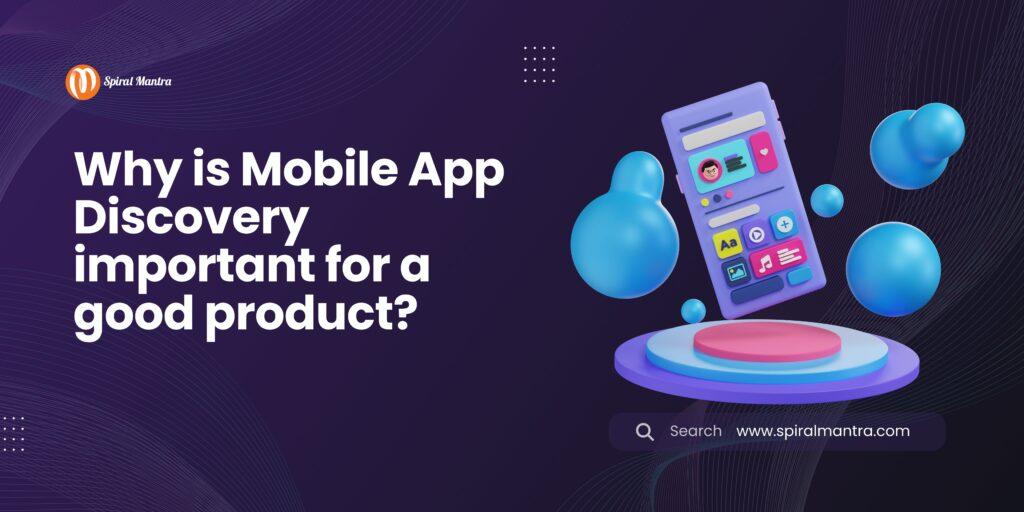Mobile App Development: The Importance of the Discovery Phase

Mobile app development begins with the discovery phase, which plays a crucial role in determining the potential quality of the final product. This initial stage focuses on understanding app users, clarifying project and company objectives, and assessing product-market fit. During the discovery phase, key features, structure, and technology stack of the app are established.
An effective discovery phase should also outline a timeline that includes significant milestones and cost estimates. This is an ideal time to set your goals, which may encompass:
- Deliverables: Reports and both mobile and web applications.
- Desired outcomes in terms of monthly revenue or daily traffic.
- Unique selling points that differentiate you from competitors.
- Your monetization strategy.
Stages of the Mobile App Discovery Phase
Achieving a successful outcome requires careful adherence to several stages during the mobile app discovery process:
-
Concept Analysis: Assess whether your app idea is technically and commercially viable.
-
Market Analysis: Identify your target market by analyzing demographics such as occupation, age, gender, income, and region. Competitive analysis is also essential, helping you understand the challenges your app might face.
-
Requirements Gathering: Define the necessary features and functionalities of your app. Developers should consider end-user needs and expectations to create a user-centric design, enhancing the app's chances of success.
-
Wireframing: Develop a visual layout of the app to clarify which features and standards can be achieved within the user experience.
-
UI Prototyping: Create visual designs that allow target users to interact with the app’s flow, helping the development team visualize the final product.
-
Development Tools and Technology: Select the tools and technologies that will support the successful creation of your mobile application.
Benefits of the Discovery Phase
-
Understanding Your Target Market: The primary goal of the discovery phase is to gain insights into your users and the app's market. This understanding informs how to simplify user experiences and improve accessibility.
-
Budget and Timeline Establishment: Wireframing allows for more detailed requirement specification, enabling your development team to accurately estimate time and costs. This foresight helps in planning for key milestones like press release dates.
-
Initial Design Development: Utilize mockup tools to finalize designs early on. Programs like InVision can help your design team create screen-by-screen visuals, providing clear examples to stakeholders.
-
Feature Identification and Prioritization: Initially, you may have numerous feature ideas. This stage helps you discern which features are essential for the minimum viable product (MVP) and which can be deferred.
Conclusion
The discovery phase is a vital, risk-free stage in mobile app development. It clarifies business and technical requirements, promotes cost and schedule predictability, and enhances corporate planning and communication. Early design delivery allows startups to present prototypes to investors, paving the way for informed development decisions.
- Art
- Causes
- Crafts
- Dance
- Drinks
- Film
- Fitness
- Food
- Jogos
- Gardening
- Health
- Início
- Literature
- Music
- Networking
- Outro
- Party
- Religion
- Shopping
- Sports
- Theater
- Wellness
- IT, Cloud, Software and Technology


